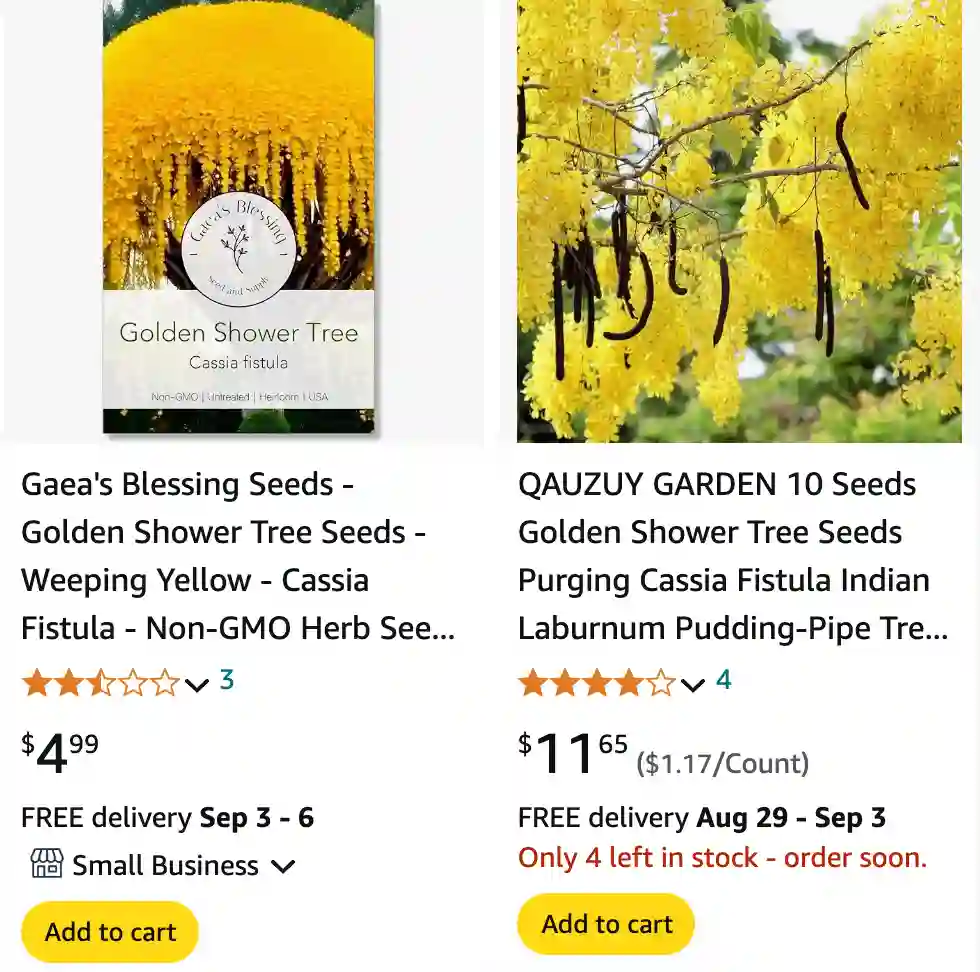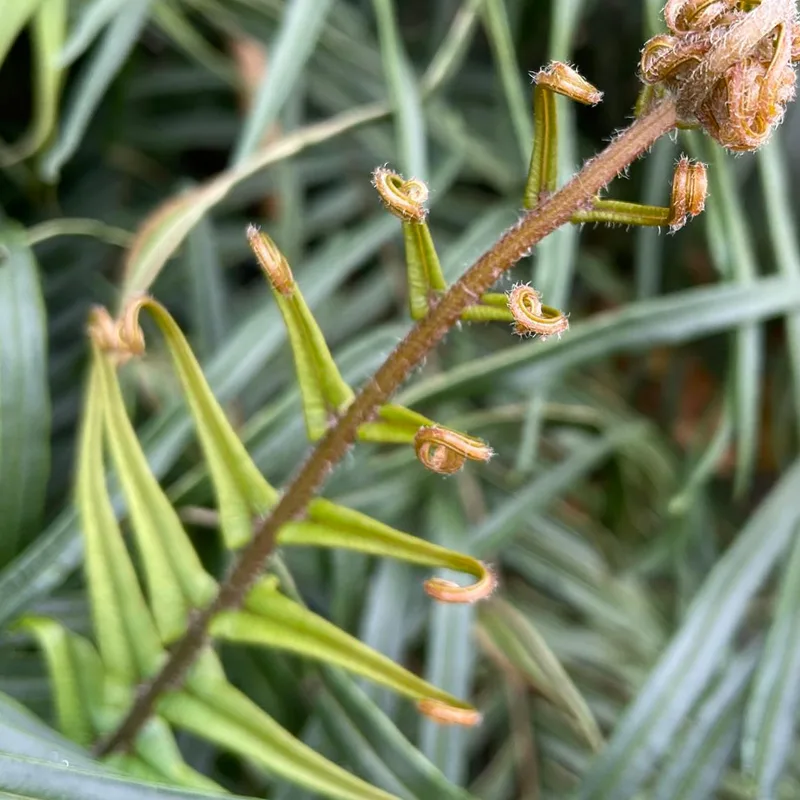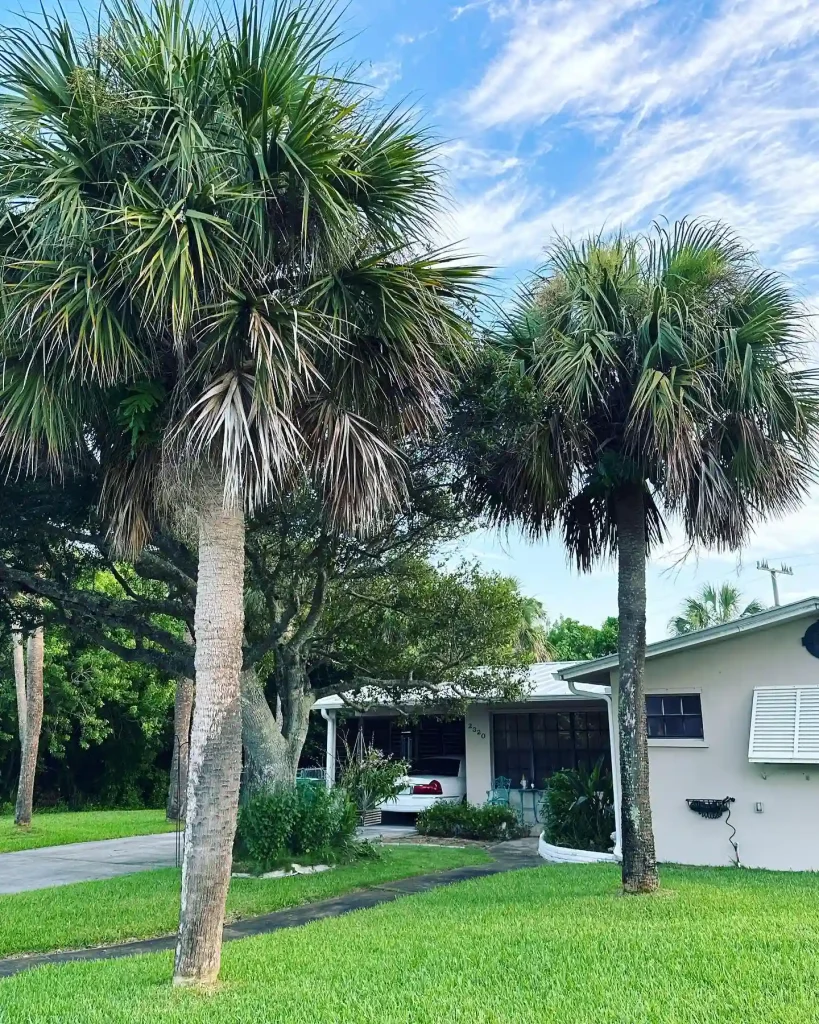
FAQs About Cassia Fistula: Everything You Need to Know
Cassia Fistula, often known for its stunning golden-yellow blooms, is a tree that fascinates many gardeners. As someone who’s grown this beautiful species, I’ve gathered answers to some of the most frequently asked questions about it. Whether you’re curious about planting, care, or its unique qualities, here’s a comprehensive guide based on my experiences and research.
37 Species in Genus Cassia
What Is Cassia Fistula?
Cassia Fistula, commonly known as the Golden Shower Tree, is a tropical tree native to South Asia. It’s renowned for its cascading clusters of bright yellow flowers that appear in late spring or early summer. The tree can reach heights of 30 to 50 feet and has a broad, spreading canopy that provides ample shade. Its lush foliage and striking flowers make it a popular choice for ornamental landscaping.
How to Grow Cassia Fistula from Seed?
Growing Cassia Fistula from seed can be a rewarding process if done correctly. Start by soaking the seeds in water for 24 hours to soften their hard outer coating. After soaking, sow the seeds in a well-draining potting mix, ideally a mix of peat, perlite, and sand. Plant the seeds about an inch deep and keep the soil consistently moist but not waterlogged. Place the pots in a warm, sunny location. Germination usually takes 2 to 4 weeks. Once the seedlings have grown strong enough, transplant them into larger pots or directly into the garden.
How to Make Cassia Fistula Bloom?
To encourage blooming, Cassia Fistula needs the right conditions. Ensure it receives plenty of sunlight, as this tree thrives in full sun. Proper watering is crucial; while the tree is drought-tolerant, it benefits from regular watering during dry periods. Fertilize the tree with a balanced fertilizer to provide essential nutrients. Additionally, ensure good drainage to prevent root rot, which can hinder blooming. Regular pruning to remove dead or damaged branches can also help the tree focus its energy on producing flowers.
How to Prune Cassia Fistula Tree?
Pruning Cassia Fistula is essential for maintaining its shape and encouraging healthy growth. The best time to prune is after flowering, as this allows the tree to focus on new growth. Begin by removing any dead or diseased branches. Thin out crowded areas to improve air circulation and light penetration. Always use sharp, clean pruning shears to make clean cuts, and avoid cutting back more than one-third of the tree at a time to prevent stress.
Is Cassia Fistula Plant Poisonous?
Cassia Fistula is not highly toxic, but caution is advised. The seeds and leaves contain compounds that can cause mild gastrointestinal distress if ingested in large quantities. It’s best to keep the tree out of reach of small children and pets. Always consult a healthcare professional if there is any concern about poisoning or if any part of the plant is ingested.
What Is Cassia Fistula Called in Malayalam?
In Malayalam, Cassia Fistula is commonly referred to as “Konnappoo” or “Konnam.” This name reflects the tree’s significance and beauty in the region, where it is admired for its vibrant floral display.
What Is Cassia Fistula Called in Marathi?
In Marathi, Cassia Fistula is known as “Amaltas.” This name is widely used in Maharashtra and surrounding areas, showcasing the tree’s presence in Indian culture and landscaping.
When Does Cassia Fistula Bloom?
Cassia Fistula typically blooms in late spring to early summer. The flowering period can vary depending on the climate and growing conditions. In tropical regions, the tree may bloom more consistently, while in subtropical areas, the blooming period might be shorter.
Where to Buy Cassia Fistula?
Cassia Fistula can be purchased from various sources, including nurseries specializing in tropical and ornamental plants. Local garden centers, online plant retailers, and specialty botanical shops are also good places to find this tree. When buying, ensure you choose healthy, well-established specimens for the best results.
How to Care for Cassia Fistula?
Proper care for Cassia Fistula involves providing ample sunlight, regular watering, and occasional fertilization. The tree prefers well-drained soil and benefits from mulching to retain moisture. Regular pruning helps maintain its shape and promotes blooming. Be mindful of pests and diseases, and take appropriate measures if any issues arise.
How to Propagate Cassia Fistula?
Besides growing from seeds, Cassia Fistula can be propagated through cuttings. Take semi-hardwood cuttings in late summer, dip them in rooting hormone, and plant them in a potting mix. Keep the cuttings in a warm, humid environment until roots develop. This method can be slower than seed propagation but is a viable alternative.
What to Plant With Cassia Fistula?
Cassia Fistula pairs well with other tropical plants and flowering shrubs. Consider planting it alongside species like Bougainvillea, Hibiscus, or Plumbago to create a vibrant garden display. Its shade can also be beneficial for understory plants that prefer less direct sunlight.
Can You Grow Cassia Fistula Indoors?
Cassia Fistula is best suited for outdoor environments due to its size and sunlight requirements. Growing it indoors is challenging and generally not recommended unless you have a large, well-lit space and can provide the appropriate conditions for its growth.
Benefits of Cassia Fistula
Apart from its aesthetic appeal, Cassia Fistula has several benefits. It provides shade, attracts pollinators like bees and butterflies, and can be used in traditional medicine for various ailments. Its beautiful flowers also have cultural significance in many regions.
Common Problems with Cassia Fistula
Common issues with Cassia Fistula include pests like aphids and scale insects, as well as fungal diseases. Regular inspection and proper care can help manage these problems. Ensuring good air circulation and avoiding overwatering are key to preventing most issues.
Compare Cassia Fistula with Other Similar Trees
Compared to trees like the Tabebuia or Laburnum, Cassia Fistula stands out for its longer flower clusters and more vibrant yellow color. While Tabebuia also features striking blooms, Cassia Fistula’s cascading flowers make it unique. Laburnum, on the other hand, has a similar flowering habit but with different flower colors and shapes.
I hope this guide helps you better understand and care for Cassia Fistula. Whether you’re planting it for its beauty or its benefits, this tree is a stunning addition to any garden.
If i die, water my plants!



